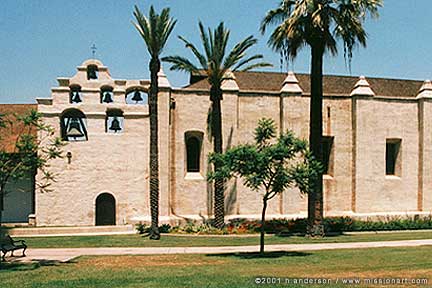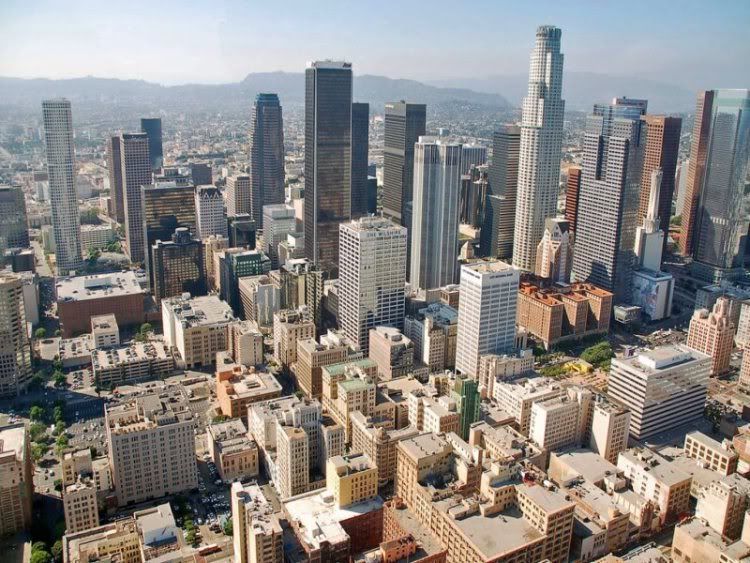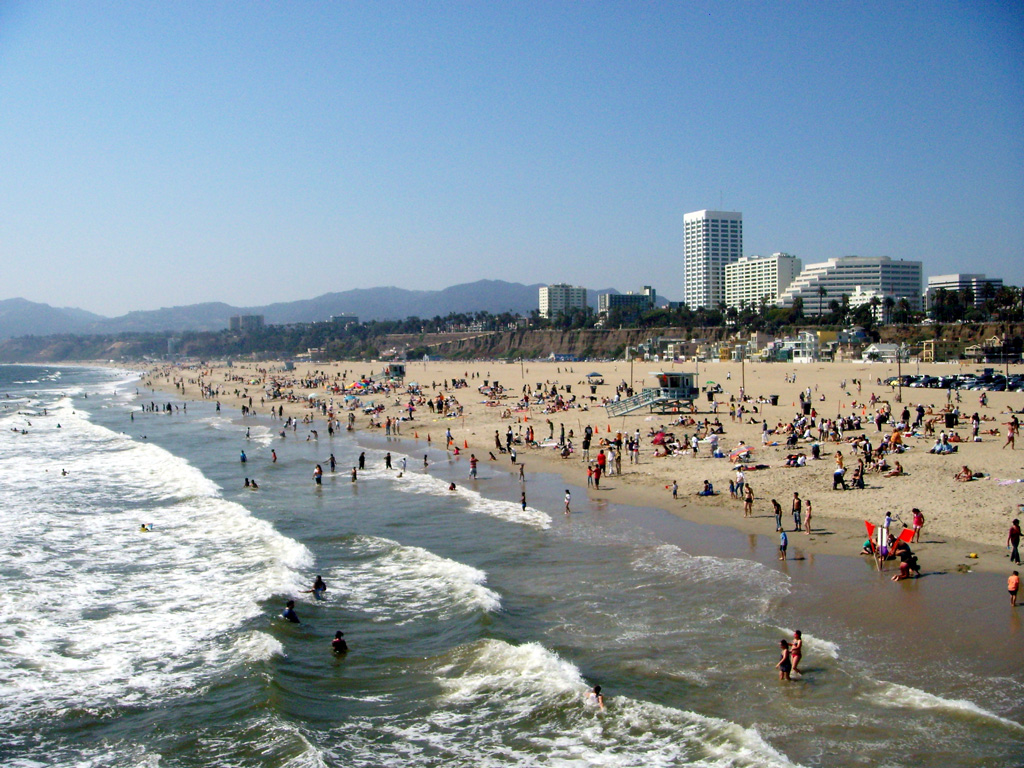"The economic base of a community is that set of economic activities the community relies on in order to generate income from elsewhere."(The Geography of North America:Environment, Culture and Economy).
The United States' economy is divided into four sectors which make up the economic production.
- The Primary Sector - The forms of production that as farming, mining, fishing, or forestry dependent on natural resources.
- The Secondary Sector - That part of an economic system focused in manufacturing and distribution of goods.
- The Tertiary Sector - The sector within the American economy devoted to trade, services, government, or education. Thematic geography
- The Quaternary Sector - A part of the global economy focused on information technology.

(examiner.com
During the first big economic boom that America experienced, many of the jobs prior to 1900 could be found within the primary and secondary sectors. From the 1930s to the 1950s many of the jobs began to move away from the Primary sector and into more of the Secondary and Tertiary sectors. Today, There has been a major shift from the Primary and Secondary sectors as a result of many of the manufacturing and natural resource jobs being outsourced and to more jobs within the Tertiary and Quaternary sectors.
The Economy and Economic Sectors of the City of Angels
A
ccording to the website, www.city-data.com, "...The city is the largest manufacturing center in the West, one of the world's busiest ports, a major financial and banking center, and the largest retail market in the United States.
Los Angeles is the largest major manufacturing center in the United States, with 500,000 workers in manufacturing activities in 2003. The largest components are apparel (68,300 jobs), computer and electronic products (60,000 jobs), transportation products (54,600 jobs), fabricated metal products (49,900 jobs), food products (44,800 jobs), and furniture (27,400 jobs). The last few years have witnessed major economic expansion. The three-tiered, traditional economy (aerospace, entertainment, and tourism) has evolved into a well balanced, multi-tiered economic engine driven by unparalleled access to world markets."

(patternmaking.com)
From the look of things, it is quite obvious that Los Angeles has a bustling economy and a substantial presence within the Secondary economic sector of the United States. Industries within L.A.'s Secondary sector include the manufacturing of agricultural and seafood products, aircraft and aircraft parts, furniture fixtures, ordnance missiles, electrical and electronic equipment, stone, clay, glass, apparel, textiles, toys, and fabricated metals.
L.A. also has a great presence within the Tertiary sector as there are more than one hundred foreign and domestic banks that operate branches in the city of Los Angeles. Other industries within the Los Angeles Tertiary Sector include health services, education, and the largest entertainment industry in the world.






















